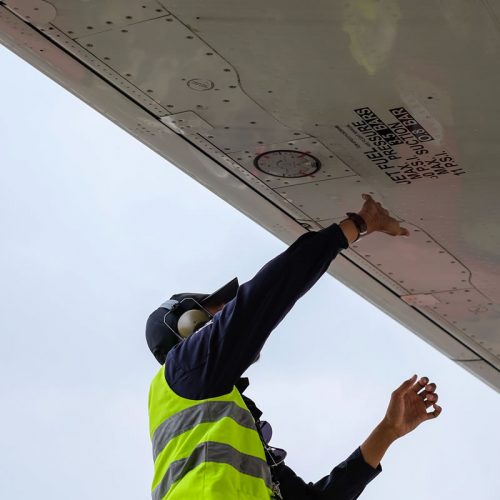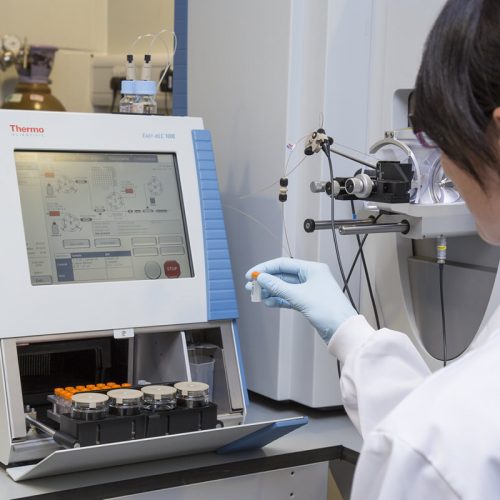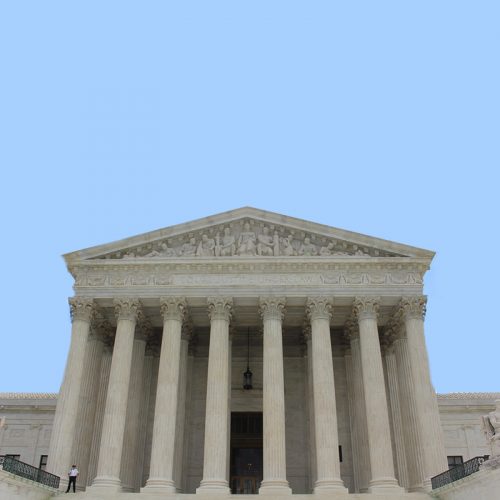Research & Engagement
The CBT goes beyond established boundaries to set the foundations for interdisciplinary research required to advance the understanding of Distributed Ledger Technologies.

Three research pillars
Science + Technology
Distributed network
Scalability
Cryptography
Cybercrime
Mining (de)centralisation pseudonimity
Technology of smart contracts and DAOs
Elaboration of a Blockchain protocol suite
Economics + Finance
Herding and irrational behaviours
New sources of risk
Market distortions
Cryptofinance
Social inequality and financial inclusion
Community information and decision-making
Smart contracts and DAOs
Regulation + Law
Regulatory (un)certainty
Digital consumer protection laws
Digital identification
Institutional development
Elaboration of industry best practice standards
Law of smart contracts and DAOs

Three research pillars
Science + Technology
Distributed network
Scalability
Cryptography
Cybercrime
Mining (de)centralisation pseudonimity
Technology of smart contracts and DAOs
Elaboration of a Blockchain protocol suite
Economics + Finance
Herding and irrational behaviours
New sources of risk
Market distortions
Cryptofinance
Social inequality and financial inclusion
Community information and decision-making
Smart contracts and DAOs
Regulation + Law
Regulatory (un)certainty
Digital consumer protection laws
Digital identification
Institutional development
Elaboration of industry best practice standards
Law of smart contracts and DAOs
Drawing knowledge from 8 UCL Departments
Privacy, Reputation and P2P Economics
Resources

Database of Projects and Papers
As the largest blockchain academic centre in the world by number of research affiliates, the CBT is able to leverage its large network and global reach to provide instruction from leading academics and practitioners at the frontline of blockchain and DLT research and deployment.

Database of Projects and Papers
As the largest blockchain academic centre in the world by number of research affiliates, the CBT is able to leverage its large network and global reach to provide instruction from leading academics and practitioners at the frontline of blockchain and DLT research and deployment.

Hence, Blockchain strengthens the market role of individual actors first, ultimately transforming the entire energy market.

Virtually instantaneous transactions and the abscence of third parties that comes with the technology have real disruptive implications for the financial industry, which today uses other processes to keep records for asset transfers and more.

Blockchain enables data to move at the speed of business and allow company to gain deep visibility into their supply chain.

And as customers increasingly expect a personalised value proposition, Blockchain appears to be the solution with more reliable and secure data, which is available more quickly and cheaply, while risk and fraud are reduced.

Blockchain appears to be the perfect candidate to solve these problems, while placing the patient at the centre of the health ecosystem and increasing privacy.

Direct distribution of royalties to artist.
Automatically identify rights and right’s owners by connecting content creators and consumers directly with blockchain, which reduces distribution costs by 90%. Direct and fair compensation to authors, without payment, transfer or agency fees.
Lower distribution costs.
Simple payment system and clear provenance result in easier manageability of large amounts of content, which means media companies can focus on quality of products.
Complete protection of digital content.
Against piracy and illegal distribution of content, which is a major cause of digital products devaluation.
Alternative revenue streams.
The likes of PeerTracks uses a token system underpinned by a Blockchain, where artists’ total tokens increase in value as their popularity increases. These tokens are exchangeable for their local currency.

Ensure origin and authenticity.
Reduce inspection and authentication costs.
Complete transparency.

Drastically cut transactions costs.
Increase security and efficiency.
Reduce costs of implementation and maintenance

Reliable system of voting.
Increase efficiency.
Registry of government-licensed assets.
Government documents to be audited confidentially.
An improvement in the transparency and security of the administration of government grants, welfare support, and other similar payments.
An improvement in land registration.
Sensitive Government assets, such as weapons, to be controlled securely.
A reduction in the cost of protecting and improvement in verifying citizens' data

Reliable tracking.
Simplicity.
Empowerment of central banks.
Distribution of central bank issued digital currencies.

Automation of contract execution.
An improvement in asset registration and verification.
Create transparent, clear and public digital platforms.
Legal documents to be audited confidentially.
Removal of the need for an escrow.

Increase transparency of goods sold.
Solve the issue of counterfeit products.
Supply chain management.

Permissioned platform for a project.
Trace origin.
Monitor production process at no cost.


